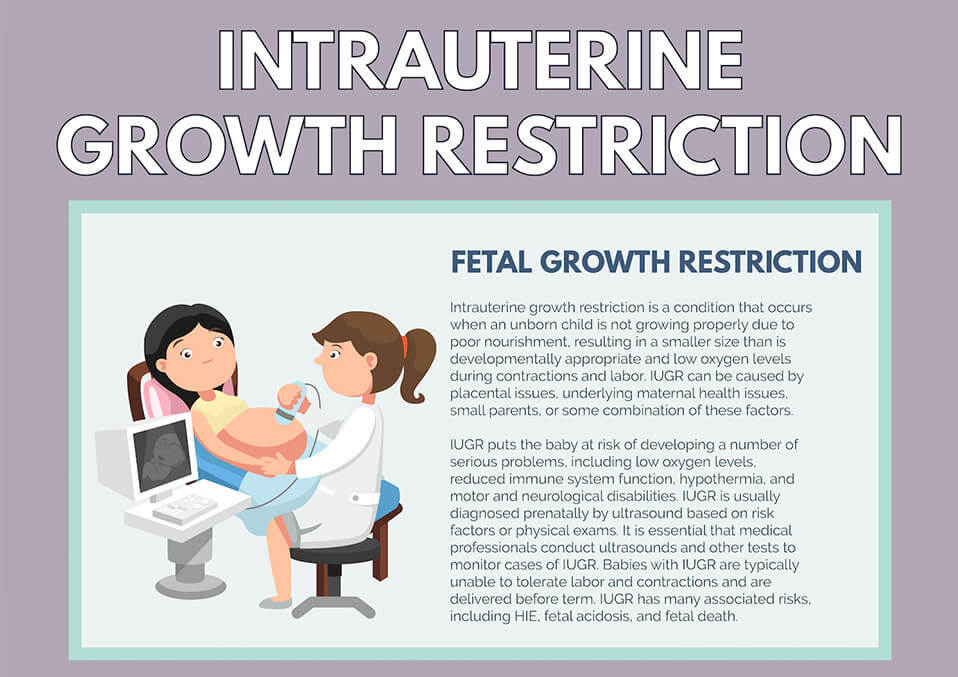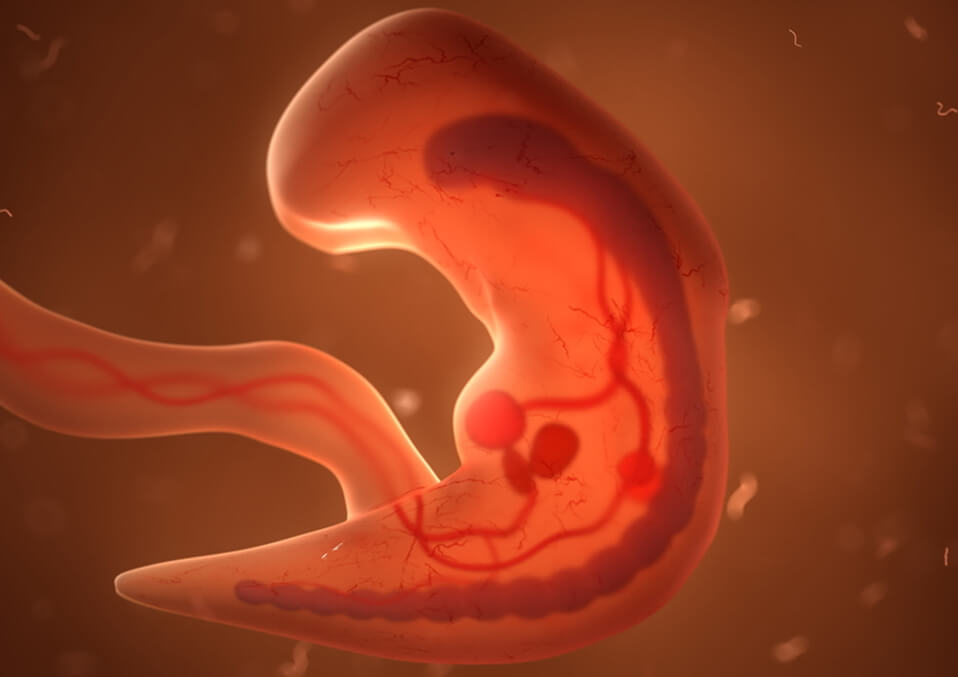
Your kid grows an average of 8 pounds in the course of your pregnancy from a microscopic fertilized egg. Fetal development follows predictable milestones with an absolute difference. Your health professional will monitor your unborn child during your pregnancy to ensure it is healthy and well grown.
If your fetus does not attain expected milestones at expected times, a pregnancy problem may occur or an error in the gestational age of the baby.
What is the problem?

Fetal growth restriction (FGR) is a state in which an unborn (fetal) baby is more diminutive than supposed in pregnancy (gestational age). In other terms, this condition is also known as Intrauterine growth restriction. It is often referred to as the weight estimate of below the 10th percentile. The baby scales lighter than 9 out of 10 babies of the same gestation period.
Newborn FGR babies can be called for the gestational age at a small level. During pregnancy, FGR may start at any time. The baby is not progressing adequately with FGR. Also, FGR can affect the baby’s overall size and organ, tissue, and cell growth. It can cause a lot of trouble. However, many small newborns may only be little. You may have no issues.
What provokes it to happen?

About 31% of the baby’s delivery weight depends on generative determinants, and so doctors call some babies constitutionally inadequate. If an anticipating mom or dad is small in height and was a tiny infant, she or he could be considered healthy.
Some newborns with IUGR, however, have other circumstances, such as chromosomal abnormalities or heart deformities, which restrain their maturity. IUGR may also occur if placenta health or its blood supply is adversely affected. Sometimes it is also true that your mother prevents her baby’s healthy growth by nutrition, health, or lifestyle.
What are the symptoms of the fetus not growing?

Amazingly, the small carriage isn’t an IUGR symptom. Indeed, there are seldom clear signs that a baby does not grow as it should be. Your IUGR child is only known by measuring its fundal height — so you must see your doctor regularly during your pregnancy.
There is no symptom of FGR in a pregnant woman. But an FGR baby can have some signs, for example:
- Low birth weight after birth
- Low levels of blood sugar
- The temperature of the body is low
- Red blood cells’ high level
- Infection combat trouble
How can you diagnose this condition?
One of the significant reasons for prenatal examinations is to ensure that your baby grows well. Your baby’s size is measured in various ways during gestation. These measures include:
-
Ultrasound
An ultrasound allows your health care provider to measure your baby and find signs of healthy development and growth. Serial ultrasounds are the most widely used tool for evaluating the progress of fetuses in all pregnancies, in particular during several pregnancies.
Ultrasounds may help diagnose a baby with an intrauterine growth limit or anomalies in the umbilical, possibly grave conditions or standard growth patterns that only show a smaller baby. In the calculation of the gestational baby age, early pregnancy ultrasounds can be used.
Read also: What To Expect On The First Ultrasound: 12 Most Important.
-
Height of the body.
Your womb will increase as your baby grows. Your health care provider estimates your uterus from the top of your pubic bone to the bottom; this estimation is indicated to as fundal height.
If your baby grows typically and you gain weight at a suited rate, the expected amount of your pregnancy will be increased by your funding. If your financial height is not equal to the pregnancy age of your baby, your health care provider will typically order an ultrasound. It will serve as an additional diagnostic tool.
-
Blood levels (HCG)
Your body starts to make HCG or chorionic gonadotropin when you are pregnant. Urine and blood tests examined the presence of this hormone for pregnancy. Your blood levels will increase regularly and regularly during early pregnancy.
Your doctor may take serial blood levels of HCG if problems in pregnancy are of concern. If your HCG levels are not increasing or decreasing as they are, your fetus will not normally grow properly, and a miscarriage may be unavoidable.
What are the ways to counter FGR?
The best way to avoid IUGR is to eliminate or control risks that can prevent your baby’s healthy development. It includes the management of chronic conditions and complications under your doctor’s guidance.
Otherwise, all you would like to do would be to take to a healthy pregnancy. Say no to drugs, smoking, or drinking, which all contribute to weak growth in the fetus. It can be a great compromise to bypass IGR by eating a well-balanced diet and taking proper prenatal care.
If you have a morning sickness ailment, your doctor will help you achieve the favored weight for your pregnancy and even administer the remedy.
How do you treat it?
For women who have been diagnosed with IUGR, there is no specific diet or medication. Throughout your pregnancy, your practicing practitioner will strictly observe your pregnancy and continuously examine the umbilical blood flow of the baby.
Medicines can be proffered to promote placental blood flow or to fix another predicament diagnosed with IUGR. It can also accommodate intravenous feeds or steroids to help your baby develop quicker. Advanced IUGR can require hospital admission so that your doctor can monitor the progress of your baby more closely.
If you have a poor environment, it cannot improve your baby’s lungs. Therefore, they don’t mature fully and may be delivered at 32 to 34 weeks of early gestation via induction or C-section. In this way, he can begin to live in more salutary provisions and sustain nutrients from the placenta that he does not get before.
Final words
Fortunately, in the first few years of life, more than 90% of babies born young for their maternal age have reached their counterparts. If you have a delivery early because of IUGR, your child might experience some of the complexities faced by preemies— but he will probably catch up before he turns three.
Read also:
- Pregnancy 101 What is a Membrane Sweep
- How Dangerous Is Preeclampsia In Pregnancy?
- What You Should Know About Your Baby’s Position


